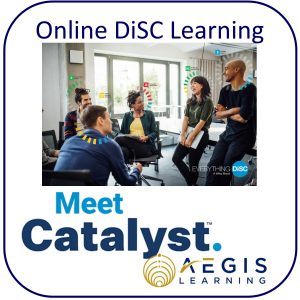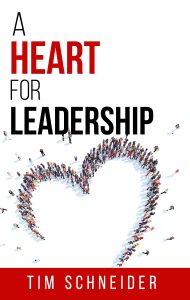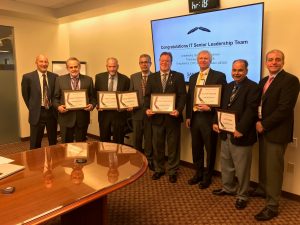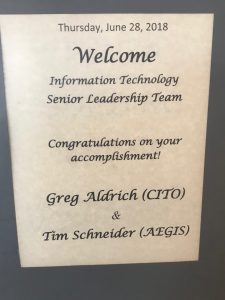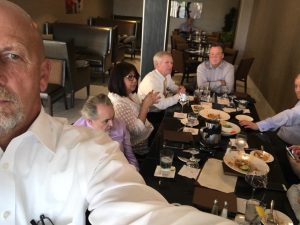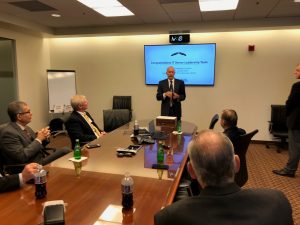By Tim Schneider
Admittedly, I struggle with anyone pronouncing impossibility. Sticks in my craw and creates an internal bristle. Okay, maybe more than a bristle.
Impossibility is declared most commonly in “I can’t” type of statements. To wit: “I can’t survive on my own”, “I can’t learn that technical stuff”, “I don’t have enough time or resources”, “My situation won’t allow that”, “I don’t do sales”, “We can’t compete against that”.
Seems the declaration of impossibility is very easy to speak and painfully effective in providing cover for comfort, complacency and failure to challenge oneself.
For the effective leader, and the high-performing team/organization, challenging impossibility must occur daily. Nothing is impossible when both attitude and effort are aligned.
December, 1944 offers some great historical lessons on the impossible becoming highly successful.
The Impossible Situation
Outnumbered five-to-one, low on supplies and painfully short on cold weather gear, the 101st Airborne Division was surrounded in the town of Bastogne. The German advance, later to be named The Battle of the Bulge, was spearheaded by multiple Panzer divisions, Wehrmacht German infantry and the feared Waffen SS.
General Heinrich Von Luttwitz sent a demand to surrender to all American forces under siege in Bastogne.
The December 22, 1944 reply from Brigadier General Anthony McAuliffe: “Nuts!”.
McAuliffe openly defied the logic of impossible and chose to reposition his attitude to one of defiance and resolve. Understanding the risks and consequences, he chose to move forward against impossible odds and even the advice of subordinate commanders.
The Impossible Solution
On December 19, 1944, Supreme Allied Commander, Dwight Eisenhower, called a meeting of all senior theater commanders. Searching for a solution, he asked General George Patton about the amount of time needed to disengage his troops from the heavy fighting in the south of Germany and relieve the 101st Airborne Division.
“48 hours” General Patton replied.
Eisenhower challenged Patton and suggested this approach was impossible. He even inferred General Patton was a bit crazy for this outlandish solution.
By December 21, 133,000 vehicles and six full divisions of Patton’s 3rd Army were on the move north. Elements of the 4th Armored Division entered Bastogne on December 26.
The impossible solution was achieved.
Patton’s choice was daring and defied the expert’s conclusions that it could not be done. His solution also flew in the face of all historical references of past performance. The general had a little trick though. He anticipated the need and pre-planned three strategies for disengaging from his current position and moving north prior to being asked.
Impossible to Possible
As with great historical battles and struggles, we too, are faced with the seemingly impossible. Here are some strategies to convert impossible to possible:
1. Stop listening to anyone that declares a situation impossible. Shun them. Run from them.
2. Create an incremental plan, with measurable milestones, of how to conquer the challenge. Breaking impossible into small parts makes something look much more possible. You don’t have to learn everything about technology in one day. You can start with a single application or even how the hardware works.
3. Remove the demons from your attitude by stop echoing and providing the self-talk of can’t or difficult.
4. Use a pause when negative and self-defeating language is about to come out of your mouth or flow through your fingers. Is it really “can’t”?
5. Challenge your own personal comfort, convenience and complacency. Growth and moving out of your current spot is hard. But it’s a lot easier than roasting in the misery of sameness.
6. Use history for the lessons of possible and not the failures of prior ventures. Yes, someone else tried it and it was an epic failure, but that was someone else. Not you.
7. Dream big and reconcile to reality. Shoot for big outcomes and targets. You can always reel those back to certain reality points but start with something that truly appears impossible.




